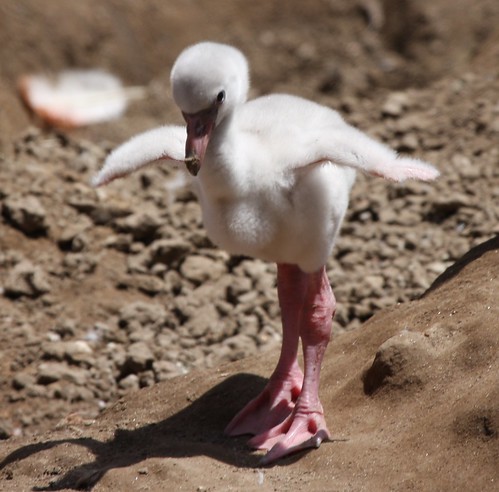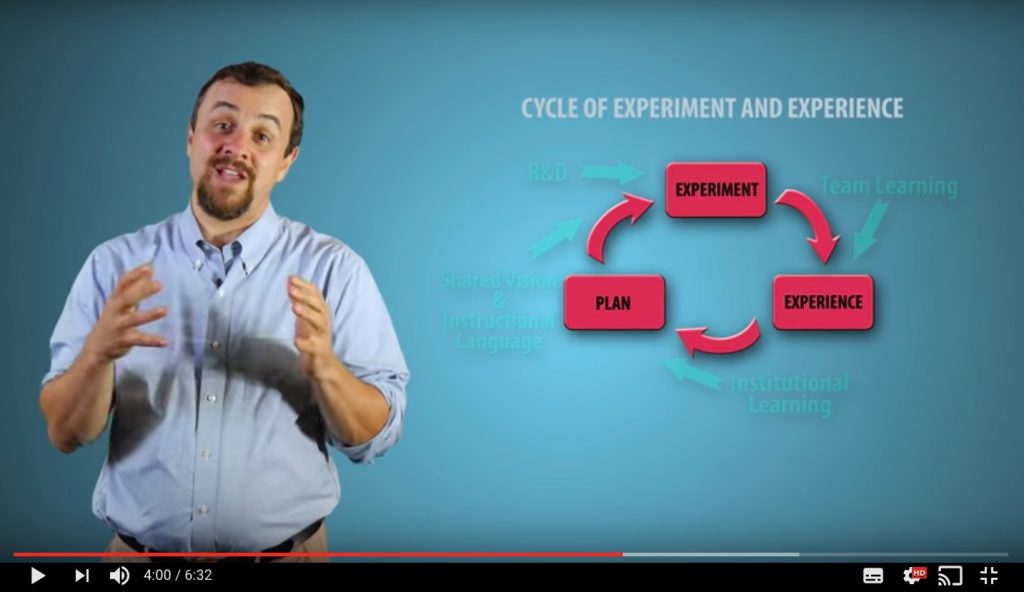Finally, A design Question!
Cross-posted from Cohort21 – April 3, 2017
—

It feels like I have been taking baby steps toward my Action Plan. However, this isn’t necessarily a bad thing since I have done a ton of thinking and learned a lot on the journey thus far.
My last Cohort21 Action Plan Design Question was:
How might we create a culture of innovation amongst Primary faculty?
While thinking this through at the last Face-to-Face session, I felt that what we really needed at my school was a process or protocol for having conversations about what we do. At one point my Design Question centred on how design thinking might create a culture of innovation amongst Primary faculty how we might leverage a design thinking process to build a culture of innovation amongst Primary faculty. However, this seemed to already include an answer in the question.
Rather than fussing over the questions, I knew that I should just get started and see what happens… So, I signed up for the EdX MOOC: Launching Innovation in Schools with Justin Reich and Peter Senge. I have been curious about Justin’s work for years after first coming across him at an edtechteacher iPad Summit in 2013 when I attended a session where he described the radical teacher autonomy often present in independent schools and what could be done about it. Co-incidentally, my school started to explore the notion of innovation so I felt good about exploring processes from this angle and applying them to all we might do.
Cycle of Launching Innovation
In the Unit 1 of Launching Innovation in Schools Peter and Justin outlined the four phases of their Cycle of Innovation – it really isn’t so different from the Cohort21 process. Yay facilitators and coaches!
- Bring people together around ideas they care about
- Refine a vision and get to work
- Work together through ups and downs
- Measure progress and adjust
https://www.youtube.com/watch?v=qMiaYMidAlI
Defining a Problem of Practice
In this first unit, we were instructed to reflect upon what in the video reminded us of in our own schools and with our colleagues. I should preface my reflection with the fact that I love where I work! The teachers are extremely passionate and genuinely care for the well-being of their students. We are treated very professionally and it is assumed that we all know exactly what we are doing all the time. We are well compensated for our jobs and we have access to amazing facilities and resources. In the last few years, we have received more support in the classroom in the form of more Teaching Assistants.
However, like all schools, we have our challenges too… As referenced in my last post, we often talk about what we do but less frequently have difficult conversations about why we do what we do or how we do it or, perhaps more importantly, question how what we are doing could be done better.
If I look at all of this optimistically, there is a strong assumption that teachers at my school want to be great and will move mountains for their own class. However, if I look at this more cynically, there is not as strong a common understanding and language about pedagogy as I would like. I am reminded that we need to keep the focus on supporting student learning and bring our many policy and philosophy documents to life.
Cycle of Experiment and Experience – Role of the Teacher
Teaching is an art. Innovation happens when teachers try new things in their classes, reflect on the experience and plan new experiments. The strongest influence on teachers that results in change comes from other teachers – not consultants, coaches, administrators, etc.
Some teachers are willing to conduct experiments. Others learn from this and create new experiences. This allows new opportunities to arise and teachers plan new things to try.
Greasing the Wheels of Innovation – Role of Leaders
According to Peter and Justin, in order to move from pockets of excellence to systemic change, change-agents need to create the conditions for teachers to learn from one another. Their role is to provide resources, tools, protocols and time to move through the cycle. They should:
- foster aspiration – don’t just fix problems, articulate visions, what do we want? how do we want to feel?
- have reflective conversations – does it lead people to think deeper? does it make people more aware of their own assumptions and others’? do we feel more connected as a result of conversations?
- see systems – how do we create learning networks? how does what we do connect to other realities and contexts?
- reflect on effectiveness
Guided Reflection Assignment
We were tasked with describing a powerful learning environment. We were then asked to reflect on our extensive lists and consider why any element on the list was so important to us. I couldn’t narrow it down to just one so I selected three:
It is important that the teacher takes an interest in what each student is doing because…
- teachers care about each student
- each student is important and has something to share
- teachers need to determine current levels of understanding to move student to n+1
- it is important to feel safe to take risks and learn from mistakes
It is important that there is a focus on helping one another get through the learning process because…
- learning is social – by sharing with others we deepen our understanding, get feedback and have our ideas pushed and/or clarified (or maybe negated!)
- together we can achieve more than on our own – our differing strengths can help us achieve a better product
- a sense of team accomplishment is a powerful motivator
It is important that here is an authentic audience who cares about the work being done because it…
- gives power to schoolwork – it is being done for a reason
- empowers learners with skills and confidence to take action on their own outside of school
- teaches skills that can be used for a lifetime
- develops empathy and compassion and actually helps others
- allows for creativity to be used/ developed
A Problem of Practice
Finally, we were asked to highlight something from that list that we were passionate about and think about why changing it was so important to us. In reviewing my notes above I considered what might be particularly important in the context of my Cohort21 Design Question. I highlighted two points:
- learning is social – by sharing with others, we deepen our understanding, get feedback and have our ideas pushed and/ or clarified (or maybe negated!)
- it important to feel safe to take risks
I realized that my Cohort21 Design Question could be a bit more specific… rather than focusing on innovation itself, it could focus more on creating the conditions for innovation. So my revised Action Plan Design Question became:
How might we create a safe environment for teachers to share ideas and take risks?
Next Steps
If I want to bring people together to focus on this problem of practice, as we explored at MARS, I need to:
- Remember that no one changes an organization on their own – I need to develop partnerships
- Just start – if I wait until I have figured it all out, I’ll never get started
Launching Innovation in Schools has been a great help for my work with Cohort21 because it has illustrated why some of my initial ideas actually do make sense and helped me to start to flesh out some baby steps/ monthly wins:
- Create a newsletter to share resources – ideas to consider that link back to what we have stated in our ICT philosophy, Language Policy, Assessment Policy or IB Standards and Practices/ self-Study Action Plan that we want to achieve
- Document and celebrate what is already happening in classes to support our policy and philosophy documents
- Utilize a design thinking process in meetings – I am currently working on bringing ePortfolios to Primary classrooms and working with a committee on supporting parents


Leave a Reply